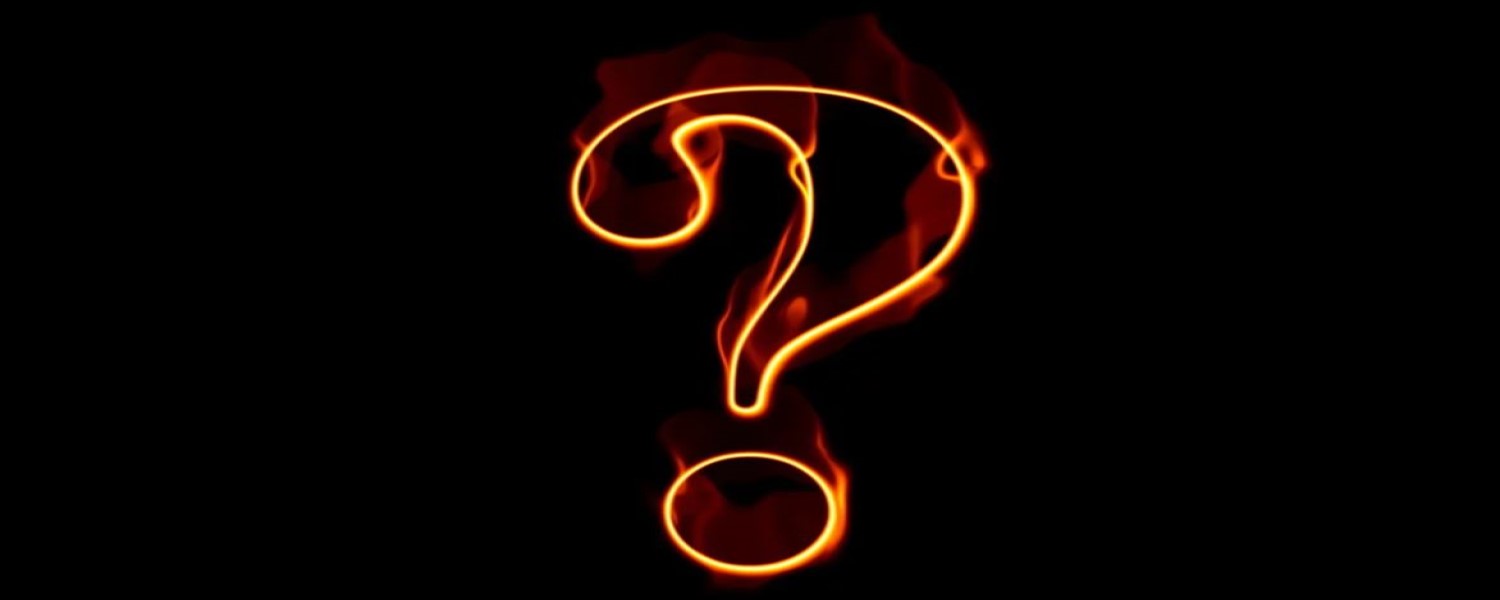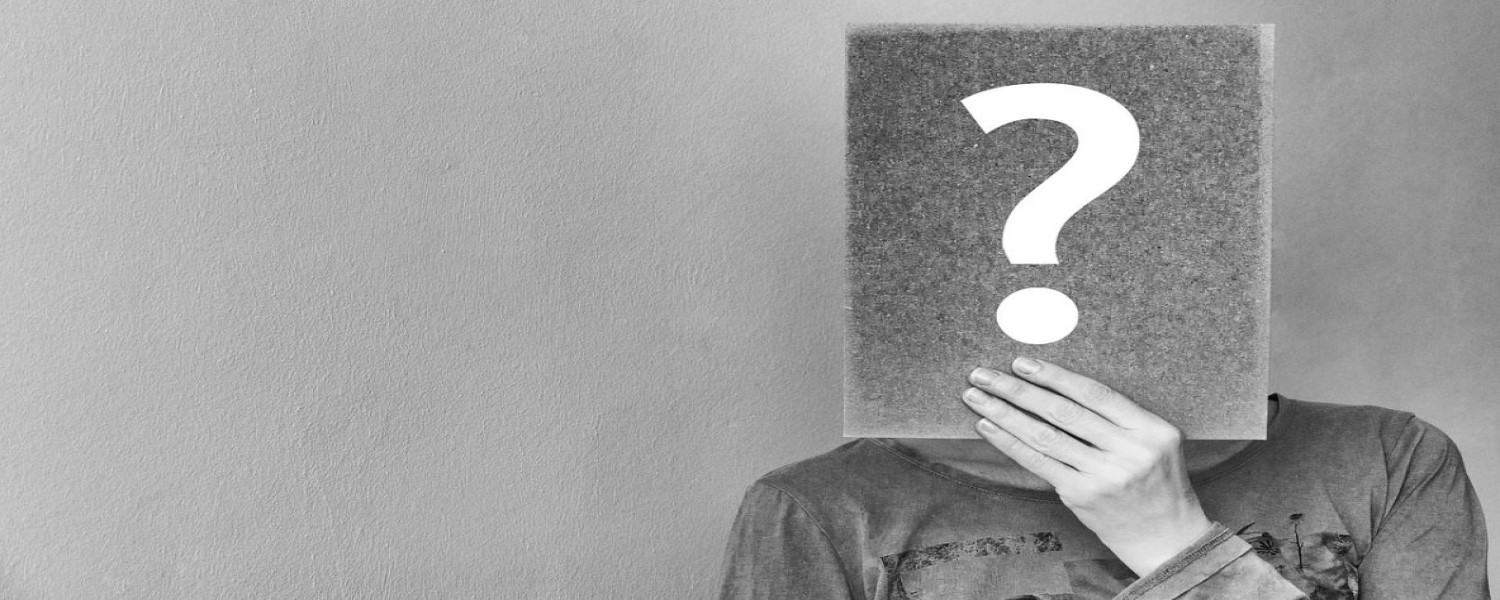The Focusing Question: How to Use It to Find Your One Thing
Back on June 23, 1885, Scottish-American industrialist and philanthropist Andrew Carnegie addressed students of the Curry Commercial College in a talk entitled “The Road to Business Success: A Talk to Young Men”. Near the end of his talk he discussed the importance of having a singular focus when he said:
“And here is the prime condition of success, the great secret: concentrate your energy, thought, and capital exclusively upon the business in which you are engaged. Having begun in one line, resolve to fight it out on that line, to lead in it; adopt every improvement, have the best machinery, and know the most about it. The concerns which fail are those which have scattered their capital, which means that they have scattered their brains also. They have investments in this, or that, or the other, here, there and everywhere. “Don’t put all your eggs in one basket” is all wrong. I tell you “put all your eggs in one basket, and then watch that basket.” Look round you and take notice; men who do that do not often fail. It is easy to watch and carry the one basket. It is trying to carry too many baskets that breaks most eggs in this country. He who carries three baskets must put one on his head, which is apt to tumble and trip him up. One fault of the American businessman is lack of concentration.” 2
After reading Carnegie’s advice, the question then becomes, “okay, but which basket should I pick?”. The answer is something that Carnegie did not have access to back then but something he would have probably been a fan of – the focusing question.
Most of us go through life trying to find the right answer…
…when, in reality, we should be more focused on asking the right question. The reason being is that the quality of any answer we receive is directly correlated with the quality of the question that we ask.
As Gary Keller says in his great book, The ONE Thing: The Surprisingly Simple Truth Behind Extraordinary Results:
“Great questions are clearly the quickest path to great answers. Every discoverer and inventor begins his quest with a transformative question. The scientific method asks questions of the universe in hypothesis form. The more than 2,000-year-old Socratic Method, teaching through questions, is still embraced by educators from the heights of Harvard Law School to the local kindergarten class. Questions engage our critical thinking. Research shows that asking questions improves learning and performance by as much as 150 percent. In the end, it’s hard to argue with author Nancy Willard, who wrote, “Sometimes questions are more important than answers.” 1
What is the Focusing Question?
Keller believes that using something called the focusing question will lead us to the uncommon answers that we desire.
The focusing question is as follows:
“What’s the ONE Thing I can do such that by doing it everything else will be easier or unnecessary.”
The brilliance of the focusing question lies in its simplicity which may lead it to be quickly dismissed by some who do not examine it closely.
You see, by using the focusing question we can not only arrive at the answers to big-picture questions (where am I headed? What target should I am for?) but also to the small picture ones (what do I need to do right now to get to the big picture? Where is the bulls-eye?)
It can help us figure out not only which basket of eggs to pick up but also the first step toward getting it.
The idea is to keep asking the focusing question over and over again to line up tasks in the correct order of importance. That way we are set up to achieve one task after another, so our actions become a natural progression of doing the right thing after the right thing. It helps us to experience the power of the domino effect.

Breaking Down the Focusing Question into Its Component Parts
If you look closely, the focusing question is made up of 3 component parts: (1) “what is the one thing I can do, (2) such that by doing it, (3) everything else will be easier or unnecessary?”
Let’s quickly look at each of them separately:
“What is the one thing I can do…
This part of the questions helps us get specific and focused on one thing versus many. It makes us get serious fast as we cannot hedge our bet later. The last part “can do” shows taking action is possible and not something we should or could do. Action in the form of “can do” beats intention every time!
…such that by doing it…
The second part tells us that we are doing something for a specific purpose and that we need to do it to make something else happen.
…everything else will be easier or unnecessary?”
Finally, the last part tells us that once we do what we need to do, the other stuff we need to do will be either easier or not needed. In other words, once we knock the first domino down, the others will be easier to knock down or will already be down.
How to Use the Focusing Question
The focusing question will help us find the first domino or answer by asking a great question.
This can be done in either a big picture or a small focus form.
The Big-Picture Question asks, “What’s my ONE Thing?” to help us create a vision for our life or a direction for our career or business. As Keller says, “It keeps your relationships with friends, family, and colleagues in perspective and your daily actions on track.” 1
The Small-Focus Question asks, “What’s my ONE Thing right now?” which is something we can use as soon as we wake up as well as throughout the day. It helps us stay focused on whatever is most important right now.
Just remember, the focusing question is not just something you ask one time, it is a question that you need to be asking yourself all the time!
Ever Since He Was a Little Boy, Carnegie Knew What His ONE Thing Was.
And that was putting all his eggs into one basket to make money! The steel that his steel mills produced was used to help build America’s bridges and railroads which made it the world’s industrial juggernaut back in the late 1800s.
By the age of 65, he retired, and he then shifted his focus by putting all his eggs into his philanthropy bucket. He spent the remaining 19 years of his life, giving away the majority of his incredible fortune which was said to be equivalent to 1% of the U.S. GDP at that time.
On that note, it is time for this blogger to focus on my ONE Thing and sadly I will not be taking Carnegie and Keller’s advice by putting all my eggs in one basket.
Nope, I will be putting my eggs into a frying pan and then into my waiting stomach as it’s time for breakfast and boy am I hungry! Hey, it’s the one thing I can do to make the rest of my day easier!
Until next time, keep asking the focusing question and as always…PYMFP!
–Rick

Use It or Lose It
The focusing question is:
“What’s the ONE Thing I can do such that by doing it everything else will be easier or unnecessary.”
When to Use It
Use the focusing question to arrive at the answers to big-picture questions (where am I headed? What target should I am for?) and also to the small picture ones (what do I need to do right now to get to the big picture? Where is the bulls-eye?)
What Do You Think?
What do you think of the focusing question? Have you used it? Will you use it? Have you used something similar? Please share your thoughts in the comments below!
If you enjoyed this post, it would mean the world to us if you shared it with people you care about via any of the social media platforms below!
Popular Previous Posts:
Expect to Win, But Do These 2 Things First!
Receiving Feedback: Why It’s Important and How to Do It
Our Top 10 Most Popular Blog Posts of 2019!
Visualizing Success in Your Life: This Is How to Do It
References
1 The ONE Thing: The Surprisingly Simple Truth Behind Extraordinary Results by Gary Keller
2 The Road to Business Success: A Talk to Young Men by Andrew Carnegie
https://www.ft.com/content/1ccbdfc0-39c6-11e4-83c4-00144feabdc0

This is a great question to keep us on track. Thanks
Hi Eileen, Yes it really is a great way to focus on what’s important while eliminating the non-value added B.S. in our lives that just waste time. Thanks and have a great weekend! Rick
Quite often individuals and corporations lose sight of important concepts – what is the goal? who are our customers? what changes are foreseen in the near future? Unfortunately, government regulations prevent such individuals as Carnegie, Rockefeller, Ford, and Vanderbilt from rising up today; although Gates and Musk come close. I do not particularly like Gates’ products, but must admit he knows the market and how to succeed.
Its as if the government does not want any individual or corporation to focus on a single goal. As you can probably conclude, I am pro business and anti socialism. Today’s government is micro-regulating damn near everything. Its sickening.
In dealing with bureaucracy, first figure out how the system is “supposed” to work. Then develop a back door and sneak in. I once registered a car in New Jersey over the phone. NJ DMV mailed me the plates. One of my best! There’s another government agency that is so mismanaged its easy to circumvent their system. I will not reveal which, just in case big brother is watching.
Hi Dave, great examples and great points. I cannot believe you were able to get Jersey plates, that’s both impressive and ballsy, lol. Hope you enjoyed the football games over the weekend, there were some good ones. SF-Minnesota should be fun. Thanks and take care, Rick